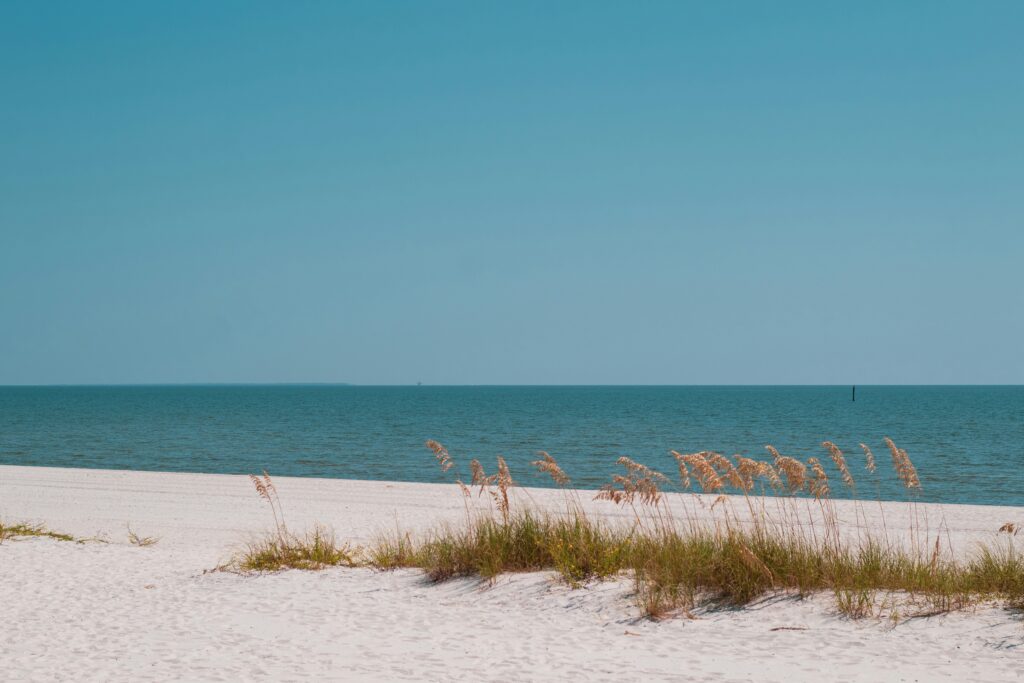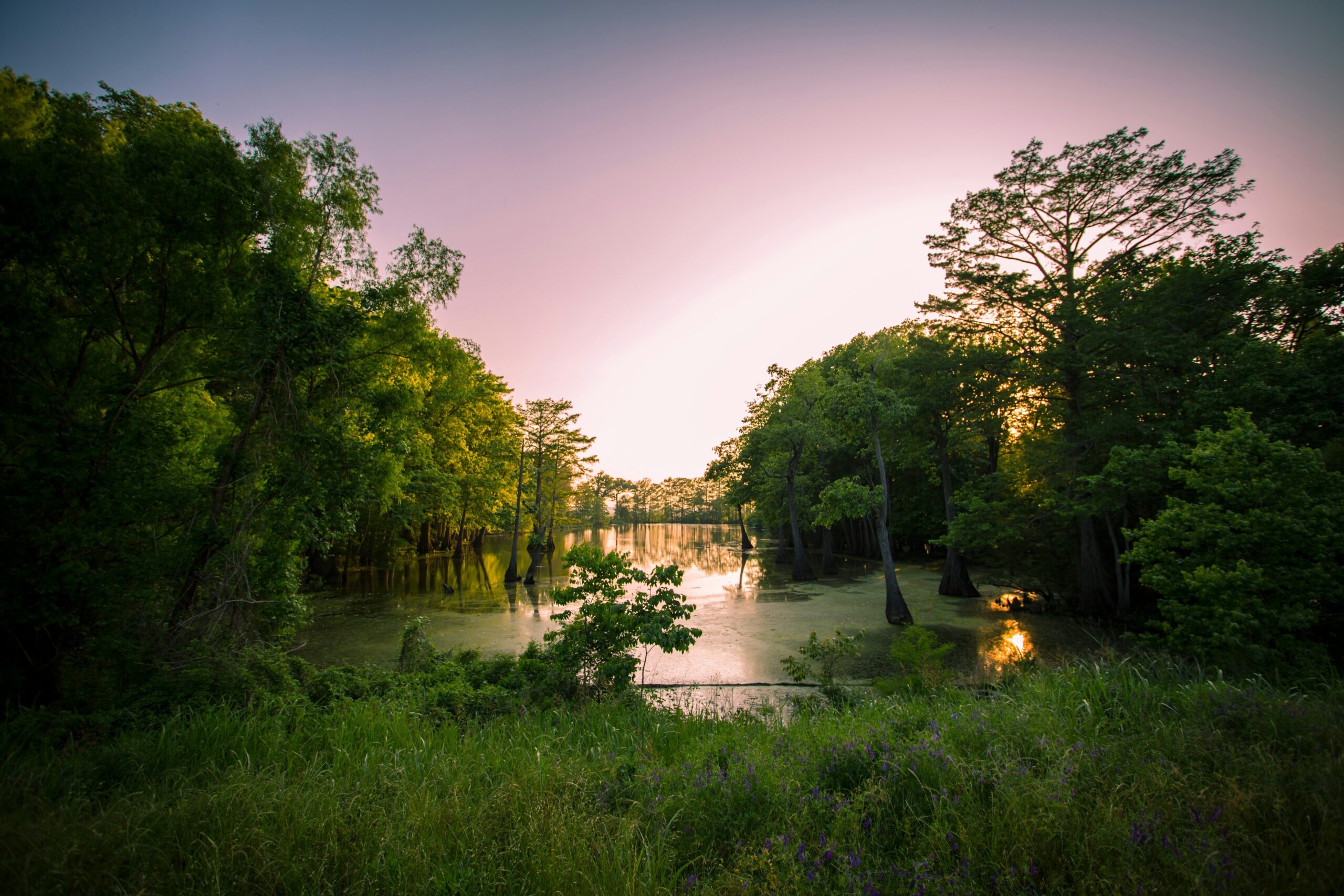Mississippi is full of history, nature, and culture. From Civil War battlefields to scenic drives, there’s something for everyone. The state is home to beautiful beaches, historic towns, and great food. Music lovers can visit sites linked to blues and rock legends. Outdoor fans can explore forests, rivers, and unique landscapes. Whether you want to relax or learn something new, Mississippi has plenty to offer. Here are nine must-visit places to experience the best of the state.
1. Vicksburg National Military Park: A Key Civil War Battlefield
Location: Vicksburg, Mississippi
Vicksburg National Military Park preserves the site of the Siege of Vicksburg, a crucial Civil War battle that lasted 47 days. The Union victory here gave the North control of the Mississippi River, cutting off Confederate supply lines. Today, visitors can explore over 1,800 acres of battlefields, fortifications, and memorials.
One of the highlights is the USS Cairo, an ironclad warship that was sunk in 1862 and later recovered. It is now on display with exhibits explaining Civil War naval technology. The 16-mile driving tour takes visitors past 1,300 monuments, cannons, and historic markers detailing key battle events.
For a deeper look into the war, stop by the Vicksburg National Cemetery, where over 17,000 Union soldiers are buried. The visitor center offers exhibits, ranger-led tours, and a short film about the battle’s significance.
Tip: Spring and fall are the best times to visit, with cooler temperatures and fewer crowds.
Fun Fact: Many Vicksburg residents lived in caves during the siege to escape Union bombardment. Some of these shelters are still visible today.
2. Biloxi’s Gulf Coast Beaches and Casinos: Sun, Seafood, and Entertainment

Location: Biloxi
Biloxi is one of Mississippi’s top coastal destinations, offering beaches, seafood, and casinos along the Gulf of Mexico. Its public beaches stretch along Highway 90, providing easy access for swimming, fishing, and jet skiing. While Biloxi’s waters are calmer than Florida’s, they’re perfect for families and water sports.
For a deeper dive into local history, visit Beauvoir, the final home of Confederate President Jefferson Davis. The estate includes a museum, gardens, and a cemetery.
Biloxi’s casino scene is a major draw, with Beau Rivage, Hard Rock, and IP Casino Resort offering gaming, live entertainment, and fine dining. Many visitors also come for Biloxi’s Mardi Gras celebrations, which are more laid-back than those in New Orleans.
Seafood lovers can take a Biloxi Shrimping Trip, an hour-long boat tour showcasing the local shrimping industry. Visitors get a firsthand look at how shrimp are caught and prepared.
Tip: Combine a Biloxi trip with a ferry ride to Ship Island, a barrier island with some of the state’s clearest waters and best beaches.
Fun Fact: Biloxi was once known as the Seafood Capital of the World, thanks to its thriving oyster and shrimp industries.
3. Natchez Trace Parkway: A Scenic Drive Through History
Location: Runs from Natchez, MS, to Nashville, TN
The Natchez Trace Parkway is a 444-mile scenic highway following a historic trade route used by Native Americans, explorers, and settlers. It offers a peaceful drive through forests, rivers, and historical landmarks, with no commercial traffic allowed.
One of the most visited stops is Mount Locust, an 18th-century inn that provided shelter for travelers along the trace. Another key site is Emerald Mound, one of the largest Native American ceremonial mounds in the U.S.
For nature lovers, the Cypress Swamp Trail is a short boardwalk loop where visitors can see towering cypress trees growing out of the water. Another must-see is the Sunken Trace, a deeply eroded section of the old path showing where thousands of travelers once walked.
Tip: The best times to drive the Natchez Trace are spring and fall, when wildflowers bloom or leaves change color.
Fun Fact: Before steamboats, travelers using the Natchez Trace had to walk back north after floating their goods down the Mississippi River. This return journey could take weeks on foot.
4. Tupelo – Birthplace of Elvis Presley: Where the King’s Story Began
Location: Tupelo
Tupelo is home to the Elvis Presley Birthplace, where the King of Rock and Roll was born in a two-room house in 1935. The site includes a museum, chapel, and memorial walk, offering a look at his humble beginnings.
Visitors can tour the small white house, which has been carefully preserved. The museum showcases personal items, childhood photos, and recordings that highlight his early influences. A statue of Elvis at 13 stands outside, capturing the moment before his rise to fame.
The Assembly of God Church, where Elvis first experienced gospel music, has been relocated to the site. Inside, an interactive exhibit recreates a 1940s church service with music similar to what inspired him as a child.
Beyond the birthplace, Tupelo has a self-guided Elvis Driving Tour with stops at his childhood school, favorite hangouts, and a hardware store where he got his first guitar.
Tip: Visit during the Tupelo Elvis Festival in June for concerts, tribute competitions, and events celebrating his legacy.
Fun Fact: Elvis’s mother, Gladys, originally wanted to buy him a rifle for his 11th birthday, but a store clerk convinced her to get a guitar instead.
5. Ship Island and Fort Massachusetts: Pristine Beaches and History
Location: Gulf Islands National Seashore, near Gulfport
Ship Island is one of Mississippi’s most beautiful barrier islands, known for its white sand beaches and clear waters. It’s part of the Gulf Islands National Seashore and can only be reached by ferry from Gulfport.
The island is home to Fort Massachusetts, a 19th-century coastal fort built after the War of 1812. Visitors can explore the brick walls, cannons, and underground passages, which once protected the coastline from potential attacks.
Most visitors come for the beaches, which are some of the best on the Mississippi Gulf Coast. The water here is clearer than on the mainland, making it great for swimming, snorkeling, and sunbathing. The island is also a prime spot for dolphin-watching, with pods often seen near the shore.
Facilities on the island include restrooms, picnic areas, and a small snack bar, but visitors should bring their own sunscreen, water, and beach gear since there are no hotels or stores.
Tip: Ferries run from March through October, with peak season in summer. Arrive early to get a good spot on the boat.
Fun Fact: Ship Island was used as a Union prisoner-of-war camp during the Civil War. Confederate soldiers were held here under harsh conditions.
6. Oxford and the University of Mississippi (Ole Miss): Literature, Sports, and Southern Charm
Location: Oxford
Oxford is a college town with a mix of literary history, sports culture, and local charm. It is home to the University of Mississippi (Ole Miss), known for its historic campus, strong football tradition, and lively tailgating scene at The Grove.
One of Oxford’s most famous residents was William Faulkner, a Nobel Prize-winning author. His home, Rowan Oak, is now a museum where visitors can see his writing space, personal belongings, and the oak-lined paths he walked while developing his famous novels.
The city’s Square Books is one of the most well-known independent bookstores in the South. It hosts readings, book signings, and events featuring well-known authors.
For sports fans, Ole Miss football games at Vaught-Hemingway Stadium are a huge draw, especially when SEC rivals come to town. The Grove tailgating experience is legendary, with thousands of fans gathering under white tents, chandeliers, and Southern-style feasts.
Oxford also has a thriving food scene, with restaurants like City Grocery and Ajax Diner serving Southern favorites like shrimp and grits, fried catfish, and cornbread.
Tip: Visit in April for the Double Decker Arts Festival, which features live music, art vendors, and great local food.
Fun Fact: Faulkner wrote the outline for his novel A Fable on the walls of his study, which can still be seen at Rowan Oak today.
7. The Infinity Science Center: A Gateway to Space Exploration
Location: Pearlington
The Infinity Science Center is a NASA-affiliated museum that highlights space exploration, oceanography, and Earth sciences. Located near NASA’s Stennis Space Center, it serves as the visitor center for one of the country’s largest rocket testing facilities.
The museum features interactive exhibits, including a full-size section of a Saturn V rocket, used in the Apollo moon missions. Visitors can also see space suits, meteorites, and engineering models from NASA projects. The center’s earth and ocean exhibits showcase deep-sea exploration, hurricanes, and environmental science.
A major draw is the Stennis Space Center bus tour, which takes visitors inside NASA’s rocket testing facility, where engines for the Artemis moon missions are tested. The site has been crucial to space travel since the 1960s.
Outside, the “Biomimicry Trail” offers a nature walk with displays on how scientists use nature’s designs in technology. Kids can enjoy the space-themed playground and hands-on science activities inside.
Tip: The Stennis Space Center tours are only available on select days, so check the schedule before visiting.
Fun Fact: The Infinity Science Center has a cutaway model of the Apollo 4 command module, allowing visitors to see inside the spacecraft.
8. Red Bluff – The ‘Grand Canyon of Mississippi’
Location: Near Foxworth
Red Bluff is one of Mississippi’s most striking natural landmarks, often called the “Grand Canyon of Mississippi.” This dramatic landscape features towering red, orange, and white cliffs, created by erosion over centuries.
Unlike traditional parks, Red Bluff is an active erosion site, meaning the land is constantly shifting. The canyon has grown deeper and wider over the years as the Pearl River erodes the soft clay and sand. This natural process creates ever-changing scenery, making each visit unique.
Hiking is a popular activity here, though the steep and uneven terrain requires careful footing. The views from the top are stunning, offering a panoramic look at Mississippi’s unique geology. Photographers and nature lovers often visit to capture the striking contrast between the cliffs and the surrounding green forest.
There are no official trails or visitor facilities, so visitors should bring sturdy shoes, water, and be prepared for an off-the-beaten-path experience. The area is best visited in dry weather, as rain can make the slopes slippery.
Tip: Visit in late afternoon for the best lighting on the canyon walls, creating an even more dramatic view.
Fun Fact: Red Bluff’s erosion has caused a nearby highway to collapse and be permanently rerouted, showing just how powerful nature can be.
9. Longwood: The Unfinished Masterpiece of the Old South
Location: Natchez
Longwood is one of the most unusual antebellum mansions in the United States. Built in the 1860s, this massive octagonal home was meant to be a grand estate, but construction stopped when the Civil War began, leaving the upper floors unfinished.
The mansion’s exterior is a stunning example of Italianate and Moorish architecture, featuring ornate columns and a unique dome structure. Inside, only the basement level was completed, as workers abandoned the project when war broke out. Today, visitors can tour the finished lower level and the exposed wooden framework of the upper floors, offering a rare look at 19th-century construction methods.
The site is part of the Natchez Pilgrimage Tours, which highlight the city’s historic homes. Unlike other antebellum mansions, Longwood stands out because of its unfinished state, providing insight into how the Civil War disrupted life in the South.
The gardens and grounds surrounding the house are also worth exploring, with ancient oak trees and scenic walking paths. Visitors can learn about the Nutt family, who planned the estate but never saw it completed.
Tip: Visit in the spring or fall, when the Natchez Pilgrimage Tours are in full swing, allowing access to more historic homes.
Fun Fact: Longwood was originally designed to have six floors, but only the first level was completed before construction halted.



Leave a Reply